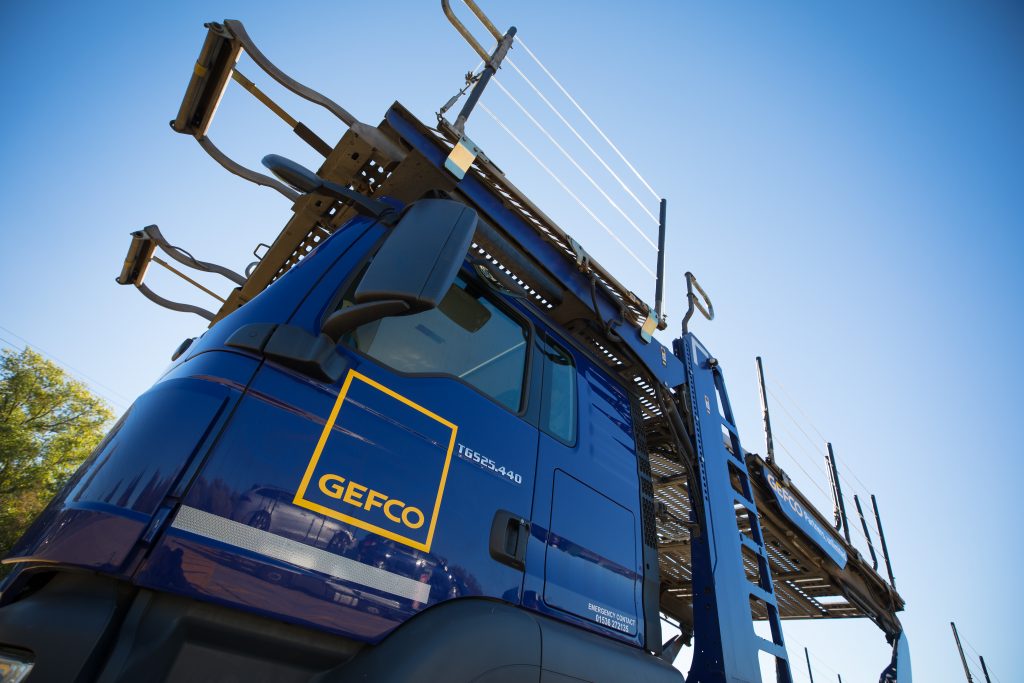Control Towers Tackle Disruption
19th October 2020

The ‘control tower’ concept came into its own in the bid to tackle supply chain disruption, says Cyril Lefebvre of Gefco.
In the immediate aftermath of the COVID-19 outbreak, we saw already complex supply chain challenges become ever-more intricate and convoluted for freight forwarding customers. From airport closures and changes in rates and availability, to quarantines and complete collapses in production activity, the picture was changing daily – sometimes hourly. Perhaps more than ever before,
organisations across the globe needed logistics partners and solutions that could manage every step of the shipping process, react quickly and provide much-needed visibility on the status of their critical cargo.
Amid this disruption, the control tower has fast emerged as one of the answers to this challenge. It is a concept that has been in circulation in the logistic industry for years now but has often
escaped easy definition. Gartner defines ‘control towers’ as combining five elements: people, process, data and organisation supported by a set of technology-enabled capabilities for
transparency and coordination.
To put this more plainly, we can consider the fact that businesses will often work with multiple carriers or service providers to execute shipments on a day-to-day basis. Often, these carriers and processes are managed in a silo and it can be hard to get a clear overarching picture of a shipment’s progress, expected timeframes and potential inefficiencies. you can read the whole story, fro our September issue, here:
https://flickread.com/edition/html/index.php?pdf=5f3d1fcf3160d#12

